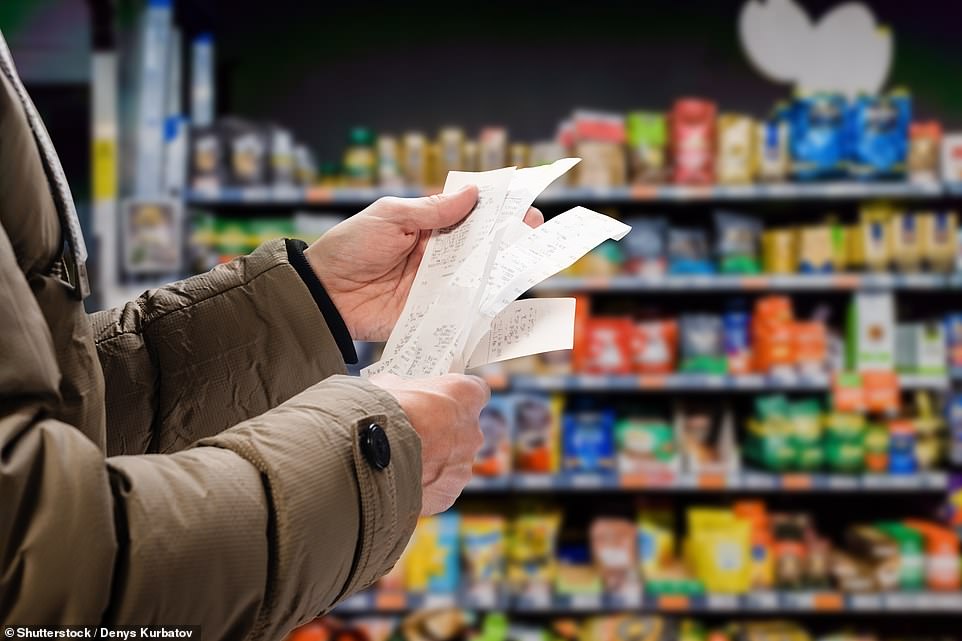
Inflation increased again in July to 3.8 per cent, reaching its highest level since January 2024. The Consumer Prices Index (CPI) has risen steadily since its three-year low of 1.7 per cent in September 2024, and now sits at almost double the Bank of England’s 2 per cent target. The central bank had previously forecast inflation would peak at 3.7 per cent in September, but there are concerns it is proving stickier than anticipated.
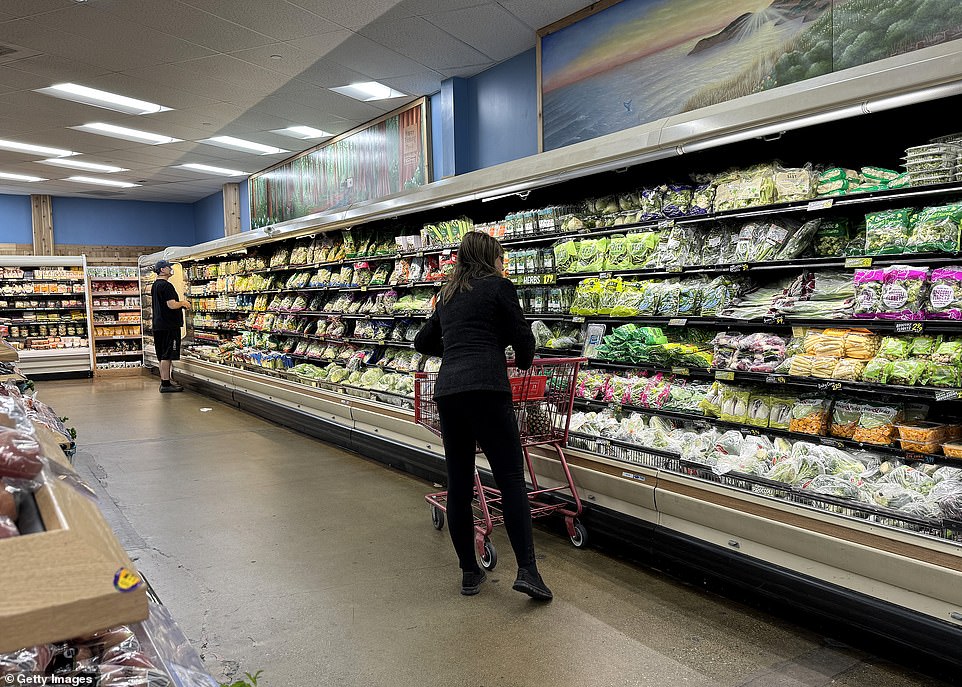
CPI has sat above the BoE’s target since October, despite forecasts that it might stay static or even fall further. The headline rate is back at January 2024 levels, with core inflation rising from 3.7 per cent to 3.8 per cent, while services inflation jumped from 4.7 per cent to 5 per cent, after remaining level in June. What does the increase in inflation mean for you, where does this leave the Bank of England on interest rate hikes, and will inflation stay at a higher rate? We look at all this and more.
What’s the latest on inflation?

The headline inflation rate, at 3.7 per cent, was slightly ahead of expectations and is nearly double the bank’s 2 per cent target. Core inflation – which excludes volatile items like food, energy & alcohol – increased from 3.5 to 3.7 per cent in the 12 months to June 2025, while services inflation remained at 4.7 per cent. Transport prices, mainly air fares, were the main driver of higher inflation, rising 3.2 per cent since last July, up from 1.7 per cent in June. While prices tend to be higher in the summer months, it marks the biggest rise in transport costs since records began in 2001.

Food and drink prices continued to rise for the fourth consecutive month, up 4.9 per cent in the year to June, but below the peak in 2023. Jim Bligh, Director of Corporate Affairs and Packaging, The Food and Drink Federation (FDF), said: ‘With high commodity prices, the new £1.4 billion packaging tax, and increased National Insurance costs, it’s no surprise that many food and drink manufacturers have seen their costs increase by 10 per cent or more this year. Manufacturers have absorbed as many of these costs as possible, but consumers will still see higher prices at the till. We expect that high food and drink inflation will persist through the year, so any fresh costs for businesses in the Autumn Budget will inevitably put yet more pressure on shoppers’ pockets.’ The biggest downward effect came from housing and household services which fell from 6.7 per cent to 6.2 per cent, driven by lower costs.
What does the inflation rate mean for you?
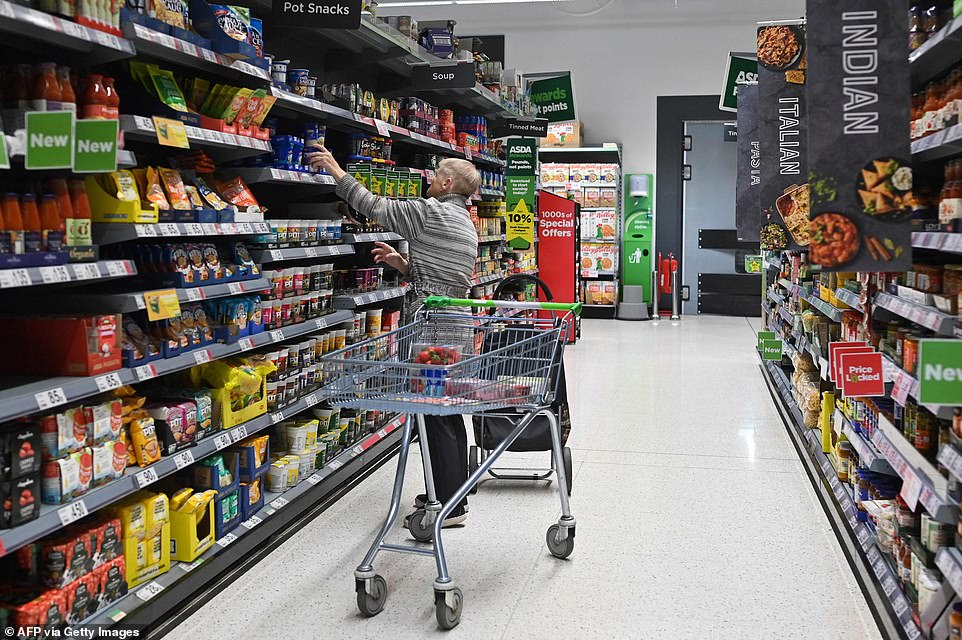
Consumer prices inflation, known as CPI, measures the average change in the cost of consumer goods and services purchased in Britain, with the ONS monitoring a basket of goods representative of UK consumers. Monthly change figures are given but the key measure that is watched is the annual rate of inflation. The Bank of England has a target to keep this at 2 per cent. An inflation spike has hit over the last two years or so, with the CPI rate peaking in October 2022 at 11.1 per cent. Rising inflation means the rate of increase in the cost of living is increasing. Any decline in the inflation rate is to be celebrated though, as it increases the chance of wages, investment returns and savings interest matching or beating inflation – delivering a real increase in people’s wealth.
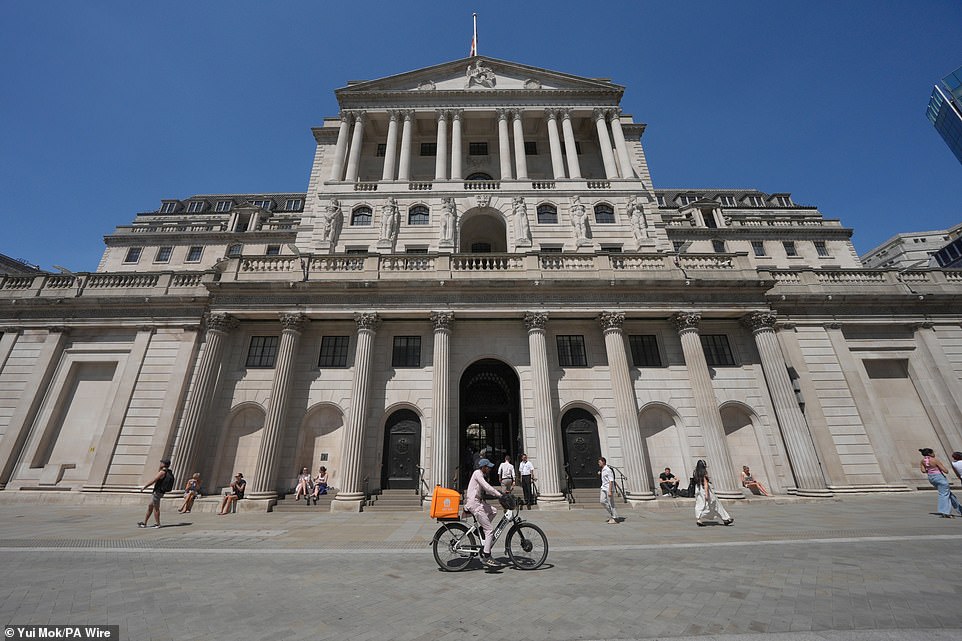
> The best inflation-fighting savings deals The main measure by which the Bank of England seeks to control inflation is interest rate rises. Higher inflation decreases the chance of base rate cuts and increases expectations of how high rates will go. Expectations that the Bank would have to keep raising rates to combat inflation have sent mortgage rates spiralling costing mortgaged homeowners dear. > How much would a mortgage cost you? Check the best rates
Will inflation fall again?

July’s CPI reading was higher than anticipated and surpasses the 3.7 per cent peak the Bank of England had expected in September. It also comes just a month after the Monetary Policy Committee voted to cut interest rates to 4 per cent. That inflation continues to be higher than the Bank’s target isn’t great news for households, but the main concern is whether it is a one-off or marks the start of another period of sustained higher inflation. That services inflation remains sticky will worry the central bank, particularly as US trade policy starts to affect the data.
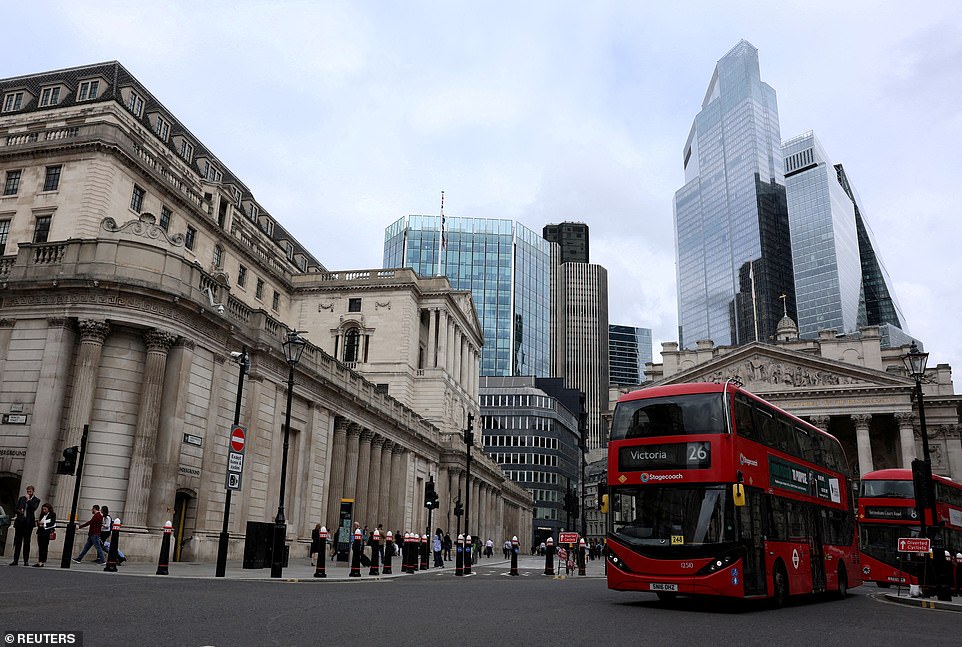
Pantheon Macroeconomics expects CPI to float around 3.7 per cent level for the rest of the year. It says that while services inflation was ahead of the Bank’s projections, ‘the biggest mover was air fares prices, so we make only fractional changes to our forecasts. ‘More generally, we expect strong food price inflation to continue as demand remains robust, and following the lead from surveys and industry warnings as businesses pass through payrolls tax hikes and a large minimum wage increase.’
Will the Bank of England cut rates again?
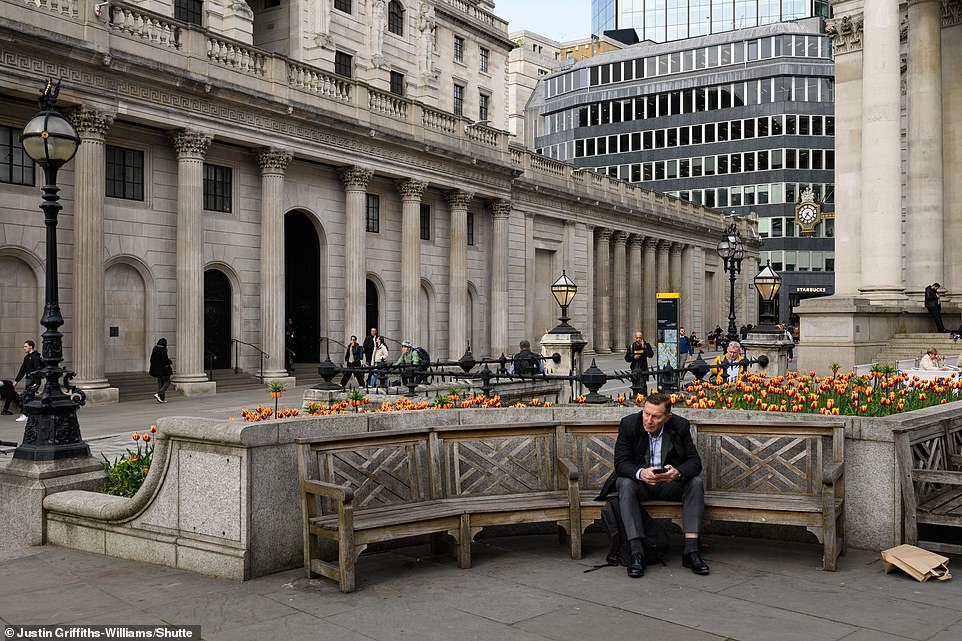
The Bank of England cut the base rate to 4 per cent earlier this month, but as CPI proves stickier than anticipated, it is unlikely it will cut rates in its next meeting. Monica George Michail, associate economist at the National Institute of Economic and Social Research says the MPC has a difficult job balancing lowering inflation and boosting a ‘sluggish’ economy. ‘Given that several of the current drivers of annual price increases are one-off policy changes, we think the Bank of England may look through them and cut interest rates one more time this year. However, there remain upside risks especially from food prices and sustained wage pressures, which will force the Bank to remain cautious.’
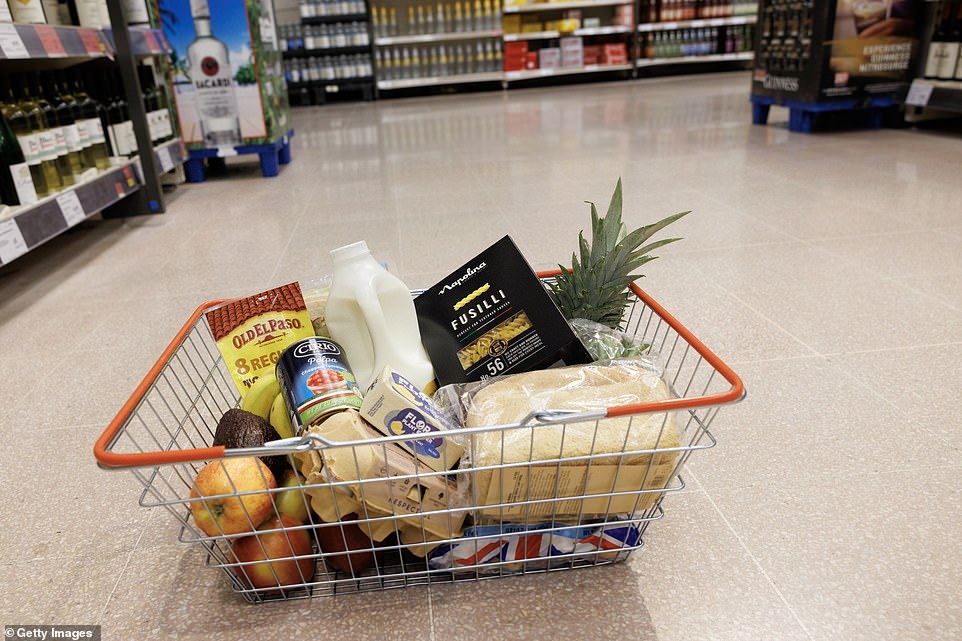
Rob Wood, chief UK economist at Pantheon says sticky underlying services inflation is ‘another blow to those on the MPC that argued hard at the August meeting about the disinflationary process being underway’. He anticipates inflation will ‘stay miles above target for the foreseeable future; we expect headline inflation to remain above 3 per cent until April 2026, forcing the MPC to stay on hold for the rest of this year at least.’
What does it mean for your savings?
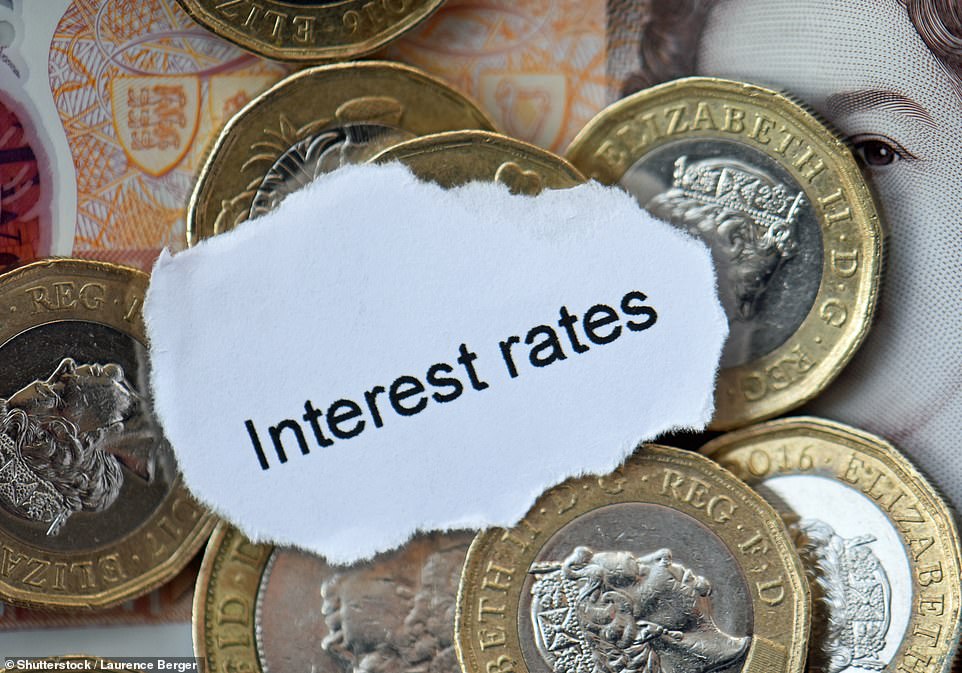
Inflation means the value of interest earned on savings and investments falls in real terms. If inflation deters the Bank from cutting its base rate again, then there is a silver lining for savers as rates will remain at a higher level. However, rising prices erode the real value of people’s savings. Alice Haine, personal finance analyst at Bestinvest says: ‘Savings rates have already eased back significantly following five BoE rate cuts since last summer – a trend presenting a major challenge for real returns. The bigger issue is the post-tax net return on cash holdings, which is becoming increasingly problematic as more people are dragged into higher tax bands due to frozen personal thresholds.’ Caitlyn Eastell, spokesperson at Moneyfacts says: ‘After almost a year and a half of savings growth, many savers are slipping back into earning negative real returns as inflation figures jump again. ‘The Moneyfacts Average Savings Rate currently sits at 3.47 per cent, lower than the latest CPI reading of 3.8 per cent. Adding insult to injury, there are also hundreds fewer inflation-beating deals available compared to 12 months ago.

The average 1 year fixed rate dropped from 4.03 per cent two months ago to 4.02 per cent this time last month and now sits at 4.01 per cent, according to Moneyfacts. Coles says: ‘It means that anyone considering fixing a savings rate should do so sooner rather than later, while there are some strong deals around. They should avoid settling for average too, because there are much better rates available among online banks and savings platforms, and your 1-year fixed rate savings could be earning 4.58 per cent.’ > Check the best savings rates in This Is Money’s independent tables.
What does it mean for your mortgage?
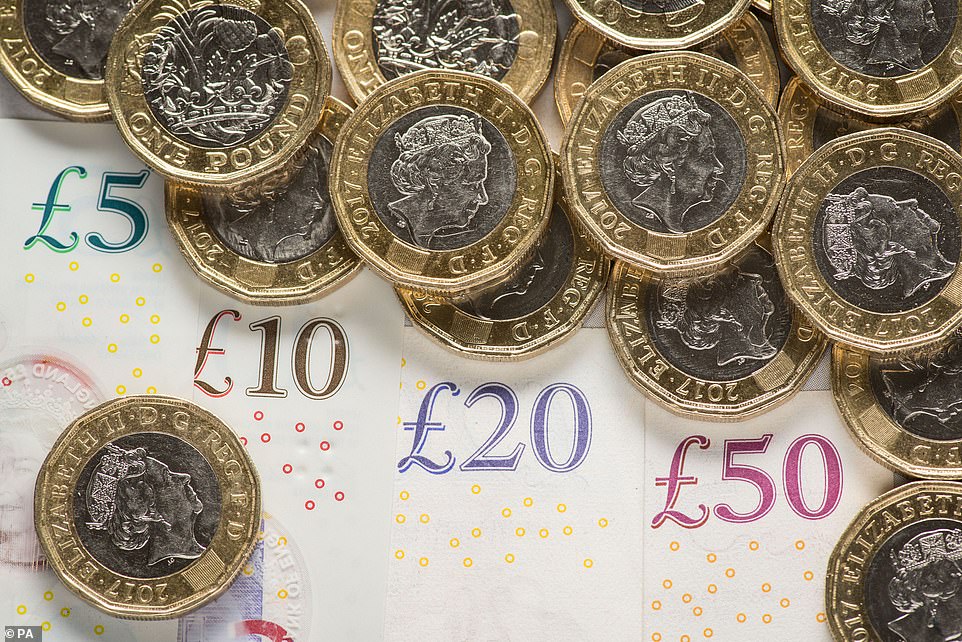
Homeowners and first-time buyers will see the latest inflation reading as bad news, as it means that the pace of rate cuts slows. Peter Stimson, director of mortgages at MPowered Mortgages said: ‘This latest jump in inflation will slam the door on the prospect of any meaningful reduction in mortgage interest rates in the coming weeks. Hopes of another base rate cut this year now look decidedly optimistic. The mortgage swaps market, which tracks interest rate expectations and is used by mortgage lenders to determine the fixed interest rates they offer to borrowers, had been suggesting that the next base rate cut might come in November. But today’s painful jump in inflation means that base rate cut may now be pushed back into 2026, and as a result we are unlikely to see any further rate cuts from lenders in the immediate term.’ > Compare the best mortgage rates based on your home’s value and loan size.